26+ Research Paper Introduction Examples to Download
The introduction of a research paper is a critical component that sets the tone for the entire study. It serves as the gateway for readers to delve into the research topic, understand its significance, and grasp the context of the study. A well-crafted introduction captures the attention of readers, provides a clear overview of the research, and sets the stage for the subsequent sections. In this article, we will explore what makes an effective research paper introduction, provide a step-by-step guide on how to write one, address frequently asked questions, and conclude with a touch of creativity.
1. Research Paper Template

2. Research Paper Format
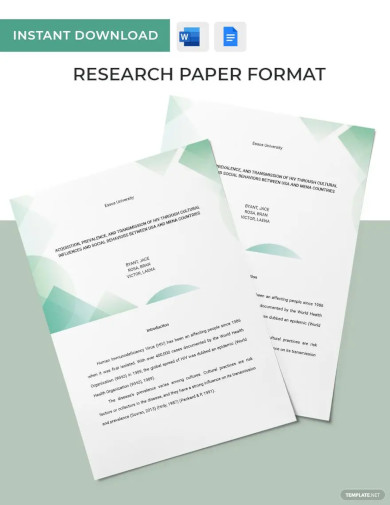
3. Research Paper Outline Template
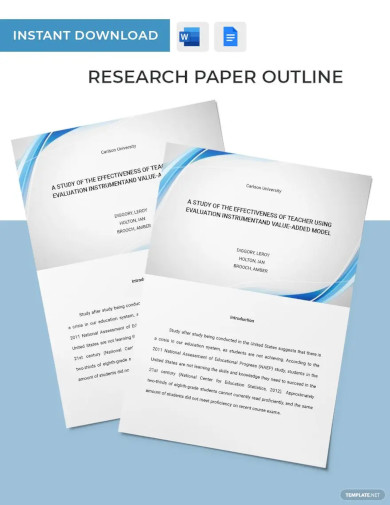
4. Research Paper Review Template
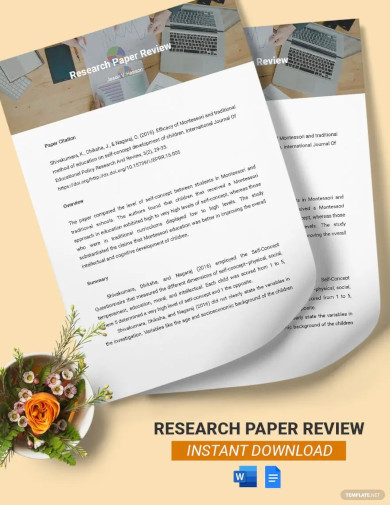
5. Writing Research Paper Introductions
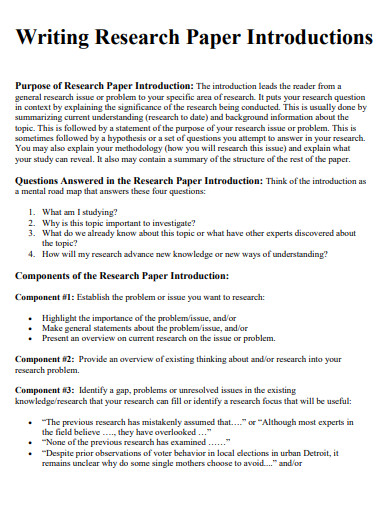
uwc.ucla.edu
6. Research Paper Introduction Paragraph

jmcginnis.pbworks.com
7. Research Paper Introduction Example
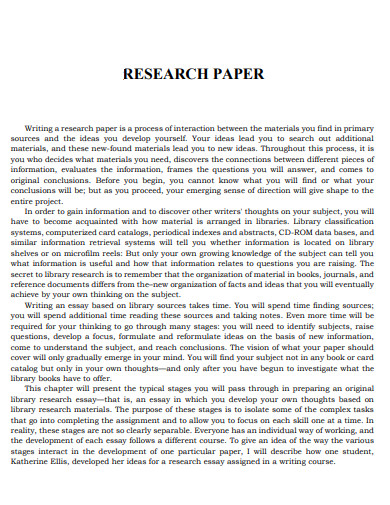
writing.colostate.edu
8. Linear Equations Research Paper Introduction
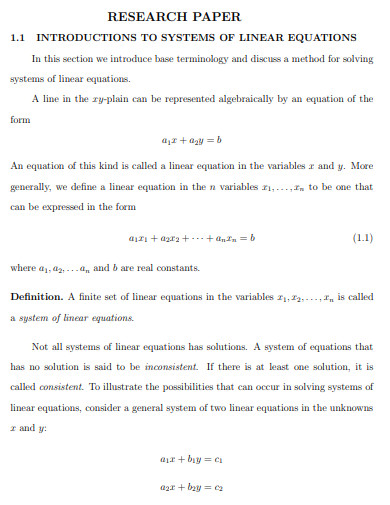
cs.siu.edu
9. Organization Research Paper Introduction
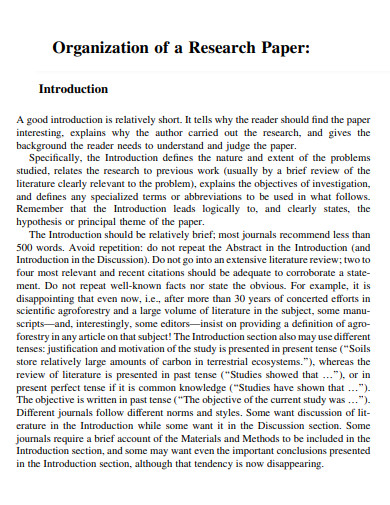
teleccon.spbstu.ru
10. Argument Research Paper Introduction
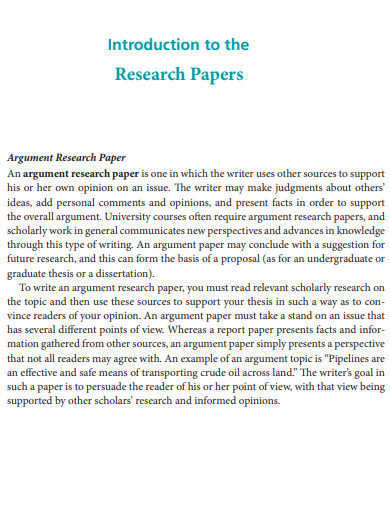
press.umich.edu
11. Introduction Section for Research Papers
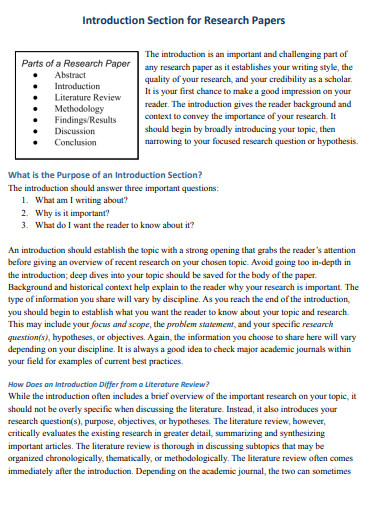
sjsu.edu/writingcenter
12. Sample Introduction Research Papers
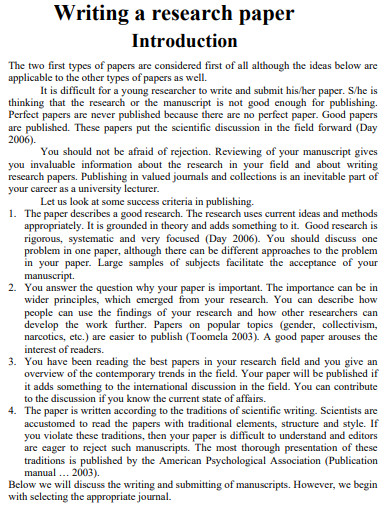
files.eric.ed.gov
13. Simple Introduction Research Papers
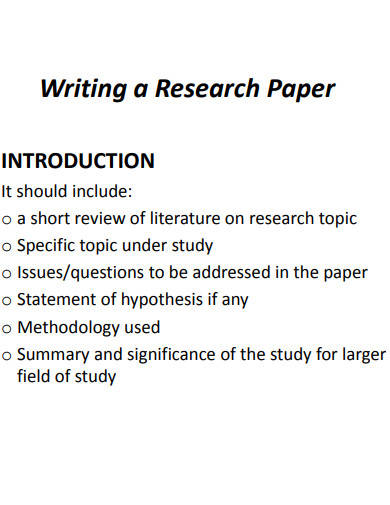
insoso.org
14. Introduction Scientific Research Papers
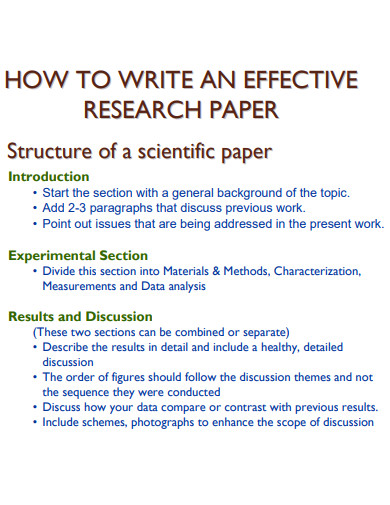
nd.edu
15. Basic Research Papers Introduction
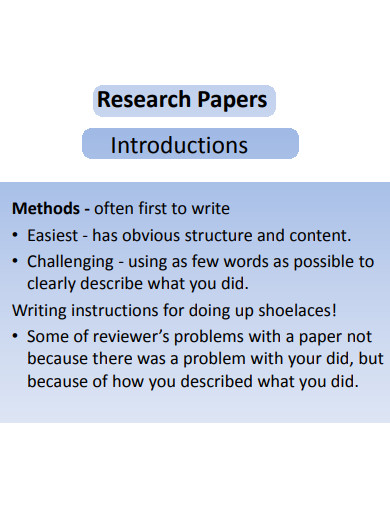
griffith.edu.au
16. Economics Research Papers Introduction
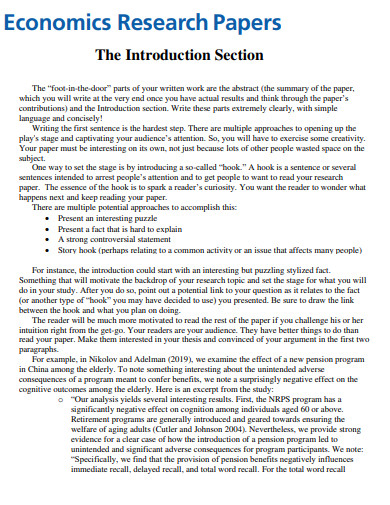
docs.iza.org
17. Research Paper Proposal Introduction
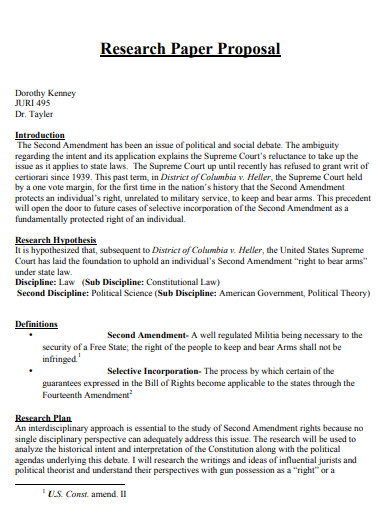
oakland.edu
18. Literature Review Research Paper Introduction
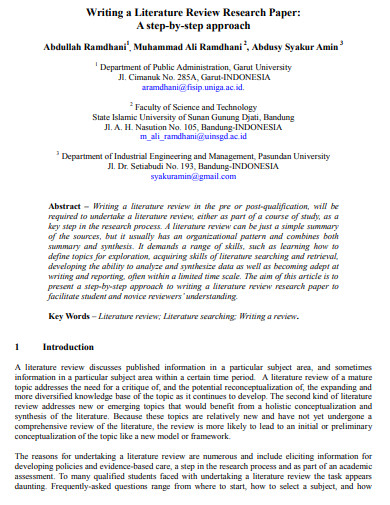
digilib.uinsgd.ac.id
19. General Research Paper Introduction

etheses.whiterose.ac.uk
20. Standard Research Paper Introduction
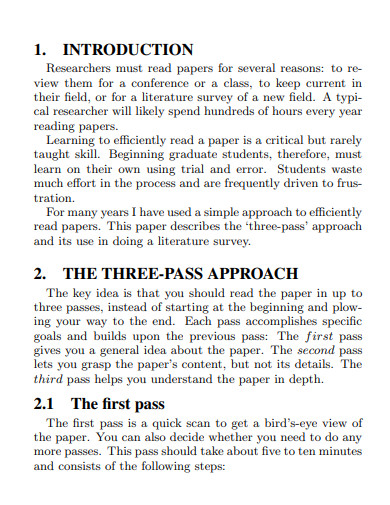
web.stanford.edu
21. Steps for Research Paper Introduction
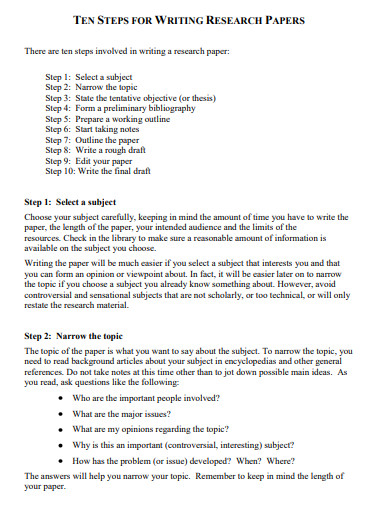
american.edu
22. Good Research Paper Introduction
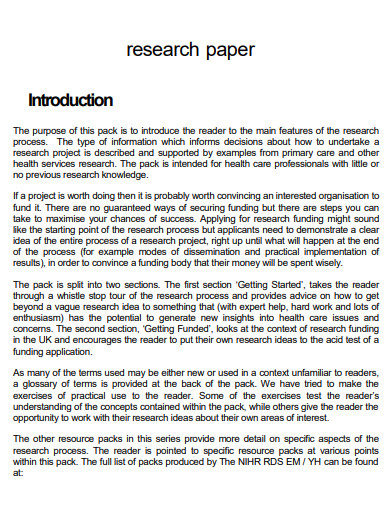
schulich.uwo.ca
23. Research Paper Introduction Outline
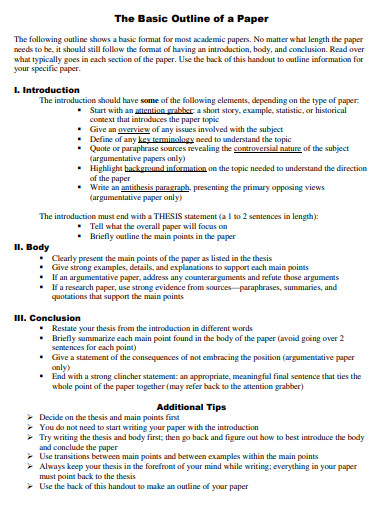
academics.umw.edu
24. Printable Research Paper Introduction
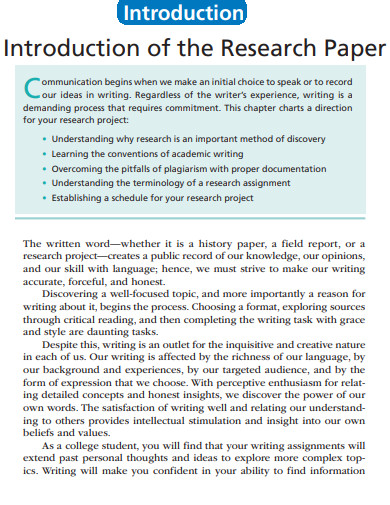
farname.ir
25. Formatting Research Paper Introduction
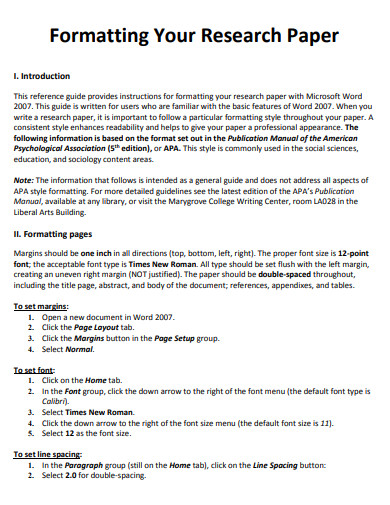
nursing.ufl.edu
26. Editable Research Paper Introduction
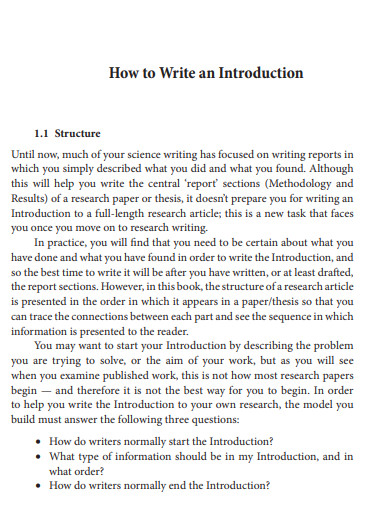
ehu.eus
27. Research Paper Introduction Layout
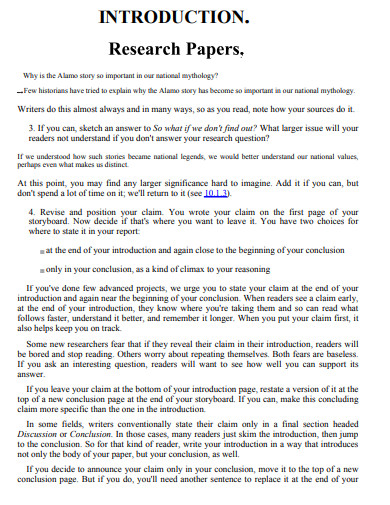
jcs.edu.au
What is an Effective Research Paper Introduction
An effective research paper introduction is a concise and engaging opening section that entices readers to continue reading. It presents the research topic, outlines the objectives and purpose of the study, and highlights the relevance and significance of the research. A well-written introduction provides a clear and logical flow of information, guiding readers through the research problem, and establishing the groundwork for the subsequent sections of the paper.
How to Write an Effective Research Paper Introduction
Crafting an effective research paper introduction is crucial for capturing readers’ attention and setting the stage for your study. This guide will provide you with a step-by-step approach to master the art of writing an engaging and informative introduction. By following these guidelines, you can create a compelling opening that establishes the context, outlines objectives, and conveys the significance of your research.
Step 1: Understand the Research Paper Format:
Before diving into the introduction, familiarize yourself with the required research paper format. Depending on the discipline, you may need to follow specific guidelines such as APA format, MLA paper format, or others. Understanding the text structure and citation requirements is crucial for creating a cohesive and well-structured introduction.
Step 2: Define the Research Design:
In the introduction, briefly describe the research design employed in the study. Explain whether it is a qualitative, quantitative, or mixed methods approach. This information will help readers understand the type of data collection and analysis methods used to address the research problem.
Step 3: Craft a Research Outline:
Develop a research outline that acts as a roadmap for your study. This outline will help you organize your thoughts and ensure a logical flow of information in the introduction. Include the main sections and subsections that will be discussed in the paper, giving readers a preview of the paper’s structure.
FAQs
What is the difference between APA and MLA format?
APA and MLA are two commonly used formatting styles for research papers. APA (American Psychological Association) format is typically used in the social sciences, while MLA (Modern Language Association) format is more common in the humanities. Both styles have specific guidelines for formatting citations, references, margins, fonts, and other elements. Check out our article on “14+ APA vs MLA Format Examples in PDF” for more detailed comparisons.
Can you provide examples of research summary papers?
Certainly! We have a collection of research summary examples that can serve as a guide for summarizing research papers effectively. These examples demonstrate the essential components of a research summary and showcase different writing styles and approaches.
Where can I find research outline examples?
If you’re looking for research outline examples, we have a comprehensive article that provides a variety of sample outlines across different disciplines. These examples will help you structure your research paper effectively, ensuring a logical flow of ideas and information.
Writing an effective research paper introduction requires careful planning, clarity of thought, and attention to detail. By following the step-by-step guide provided here, you can create an engaging introduction that captivates readers and sets the stage for your research. Remember to adhere to the prescribed research paper format, such as APA or MLA, and utilize appropriate citations to support your claims. With a compelling introduction, your research paper will not only pique readers’ interest but also lay a solid foundation for the rest of your study.

